The unique, the desirable, and hard to come by Nikon FM3a was the final FM model SLR produced by Nikon and exclusively for the Japanese market. But this is an FM camera that isn’t 100% and FM camera, you may have noticed the A in the model, and there’s a good reason for it, the camera is more a best of both worlds. All you love about the FM series and all you like about the FE series in one beautiful camera that will have you wanting one of your own to replace your FMs and FEs. Big thanks to James Lee for loaning out not only the FM3a but the MD-12 drive that goes along with it.
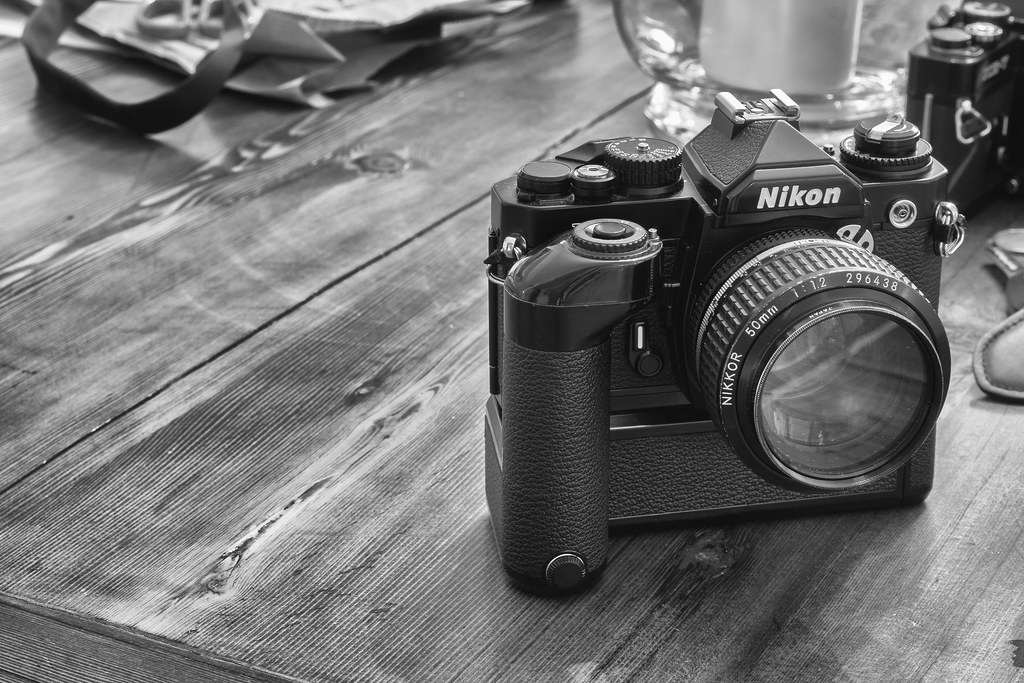
Camera Specifications
Make: Nikon
Model: FM3a
Type: Single Lens Reflex
Format: 135 (35mm), 36x24mm
Lens: Interchangeable, Nikon F-Mount
Year of Manufacture: 2001-2006

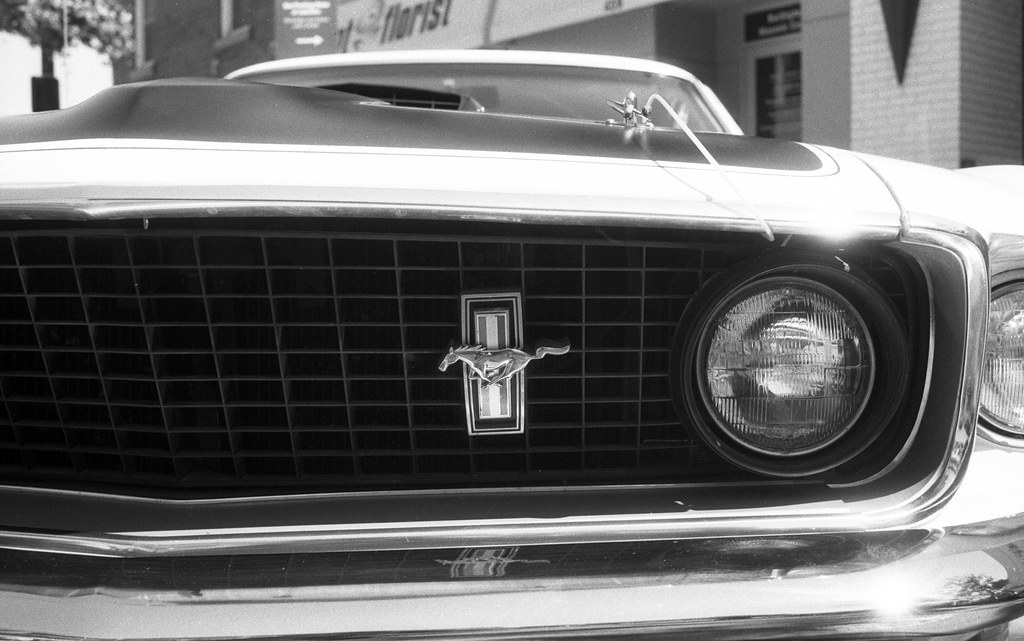
Background
If you’ve read through all my camera reviews up until now, you will have known of the whole history of the small-chassis Nikon bodies. The Nikon FM3a is the ultimate and logical conclusion to that line and the final camera in that series. The Nikon FM and FE cameras grew out of the advanced customer Nikkormat cameras of the mid-1970s, the FM coming from the Nikkormat FT3 and the FE from the Nikkormat EL2. The first of these cameras seeing release in 1977/8. Throughout the remainder of the decade and into the early 1980s, Nikon R&D produced several advances in their camera technologies. The first being a high-speed vertical titanium shutter that produced a top speed of 1/4000″ and an averaging matrix meter. And while the shutter would find its way into both the FM2 and FM2n cameras along with the FE in 1982/3 it wouldn’t be until later in 1983 the matrix metering system would be released into the Nikon FA. While the FE2 proved a solid camera, it would be the FM2n that became the clear winner among photographers. But the FM2n line ended just past the 21st-century post in 2001. But many photographers clamoured that they no longer had access to a new manual focus camera. While their manual focus lenses still worked on the Nikon F5, they couldn’t use that camera’s Colour Sensing Matrix meter. So Nikon created a perfect storm combining the best of the FE/FM/FE2/FM2(n) and leaving out all the things that photographers disliked in the cameras. In 2001, Nikon released the FM3a, a name that often confused at how it works. Some say the camera should be named the FE3, but if you look at the camera closely, the name makes perfect sense. At its core the FM3a is a mechanical camera, you have access to all shutter speeds no matter if you have a battery loaded or not. The battery only powered the meter and automatic exposure. And yes, that’s where the ‘a’ comes into place as the camera uses the iconic 60/40 centre-weighted meter and aperture-priority automatic exposure. You could get the camera in both black and satin chrome plates. The FM3a designed to work with several FM/FE series accessories including the MD-12 drive, MF-16 data back, and TTL Flashes (SB-15, 16a, and 20). Nikon also produced a special edition chrome AI-S Nikkor 45mm 1:2P lens that is a rare chipped manual focus lens that on modern cameras would communicate the distance to the flash. By 2004 most of the camera sales reported by Nikon came from their digital cameras, yet the FM3a continued to sell at a steady rate. This proved surprising as the FM3a was produced in small numbers and sold mostly in the Japanese market. When Nikon released the F6 in 2006 they ceased production of the FM3a.

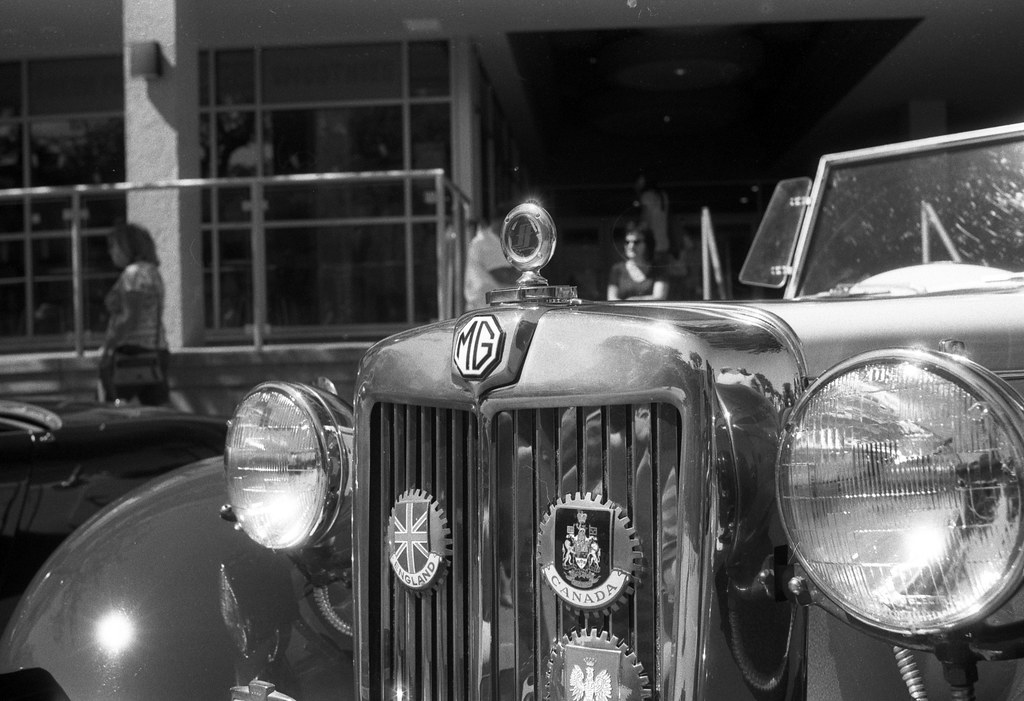
Impressions
If you’re used to the small-chassis format for Nikon cameras, then the FM3a will be a familiar sight. Everything is where you expect it from a FE2/FM2n. The shutter speed dial is big and has a lovely click on it, with your full range of speeds and the “A” for aperture priority mode. The camera powers on with a part-pull of the film advance lever. You have your EV compensation around the film rewind lever this is also where you can set your film speed, which on the FM3a includes the ability to sense the film speed using the DX code. On the back you have an AE lock button, there’s also a flash compensation button just above the lens release button on the mount. Everything about this camera is just asking to be used, it’s not one you want to leave in the box (and thankfully we managed to convince one of our commenters to take his in-box example out and into the field). When it comes to the FM3a you have a couple of options in colour schemes, there’s the sleek all black and the two-tone with a satin chrome finish and black. Personally, if you’re going to run with a chrome version, leave the MD-12 behind, but all black that MD-12 certainly adds to the effect. The camera has a bright clear viewfinder that uses the two-needle display for the shutter speed, and plenty of feedback on flash readiness, aperture, and EV compensation.

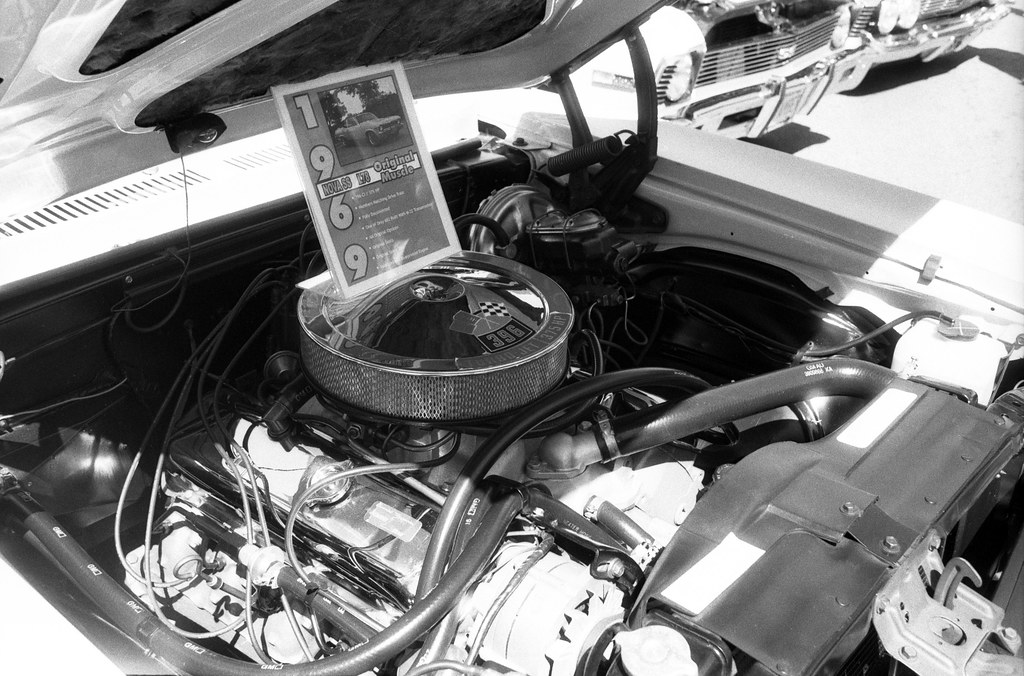
Experiences
No matter how you run the FM3a, it is a photographer’s camera. Just the right amount of weight in hand, good balance with or without the MD-12 drive. Loading your film is no-nonsense, and having that DX reader certainly helps with making sure you don’t accidentally push or pull your film. But you can easily override if you want. Out in the field, the camera performs perfectly the meter is dead-on accurate for both semi-automatic and manual metering modes. I much prefer the camera without the motor drive as the film advance is blissfully short and you can shoot just as fast with or without. As I mentioned, the viewfinder is bright, and the split focusing is clear and makes your focusing a breeze. Having clear feedback on both shutter speed, aperture, and additional information makes your life nice and easy. While the rewind remains a manual function, it is also super easy and unloading the film is just as smooth as the loading.
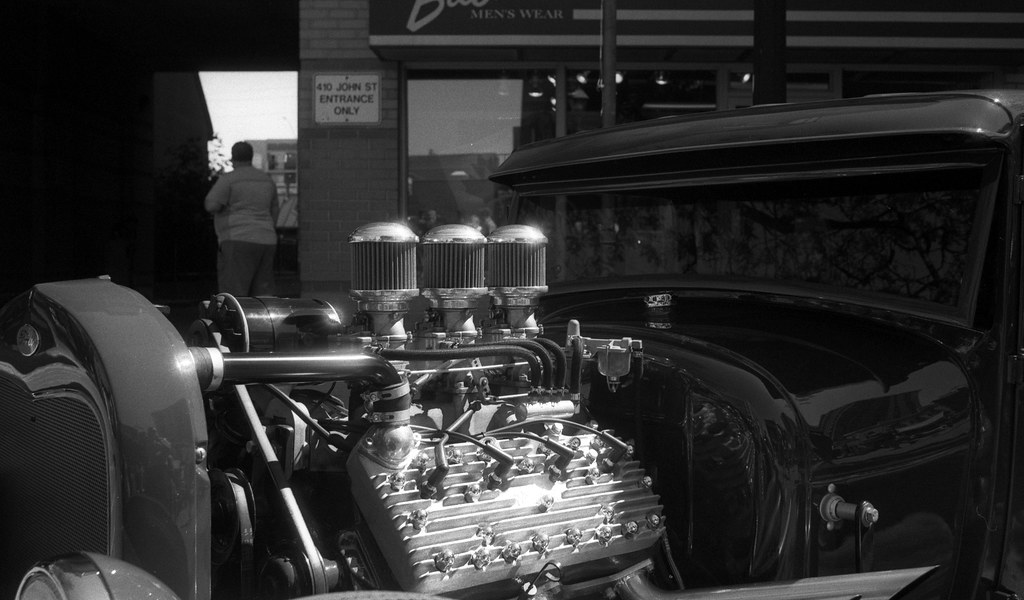

Optics
Here is where the FM3a stands out, you won’t be disappointed with any AI or AI-S lenses that you mount on the FM3a. And yes, this is a camera that is designed around manual focus lenses and will accept any AI-S or AI-based Nikkor lenses or third-party optics. But you can also mount any AF-D lenses or similar autofocus lenses that have an aperture ring, as the camera requires that ring to function. If you happen to have any of the F-Mount Zeiss lenses (manual focus), then they’ll give your FM3a that extra edge, and hey if you have the money to afford an FM3a you can afford those Zeiss optics. But if you’re looking for a good starter Nikon kit for the FM3a, you’re going to want the 24mm f/2.8, 35mm f/2, 50mm f/1.4, and 105mm f/2.5, AI, AI-S, or Converted AI lenses. And these will all work in both metered manual and Aperture Priority modes.
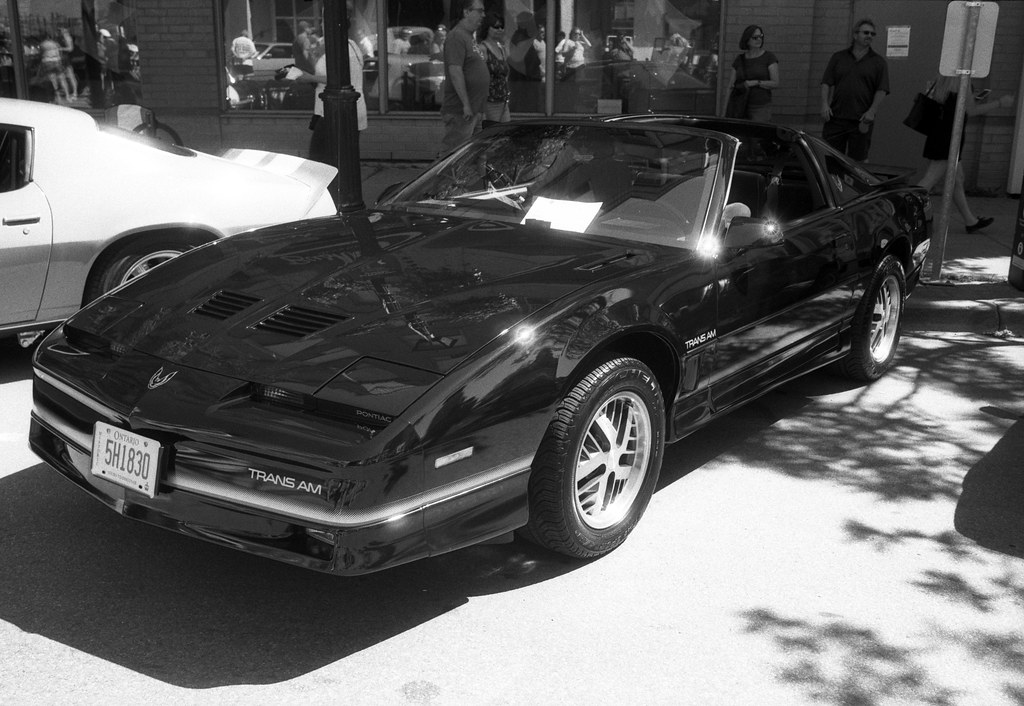

Lowdown
The FM3a is not a camera you need, but rather a camera you want. It is the ultimate in manual Nikon cameras and the one manual focus camera from Nikon that will last your lifetime. But your chances of purchasing an FM3a are slim, but if you’re willing to shell out top dollar, you will be getting the ultimate semi-automatic, manual focus camera, that Nikon produced in the post-2000 era. It won’t let you down; you can use all your AI and Ai-S even AF-D lenses on the camera without any major loss of functionality. The camera’s meter is spot on, and it is incredibly lightweight. I do recommend getting the MD-12 drive for it as it gives great balance, an easier power source (AA batteries), and makes the camera sound amazing when operating. Oh, and yes, you can get them with the chrome top plate as well.


Further Reading
Don’t just take my word on the FM3a, you can check out the reviews by other awesome camera reviewers!
Emulsive – 14 Years with the Invisible Nikon FM3a
Casual Photophile – The Nikon FM3a, A Masterpiece for SLR Shooters
35mmc – The Nikon FM3a, My Desert Island Camera
Edward Noble – The Nikon FM3a a Unique Mechanical Camera
B&H Exploria – Nikon FM3a Classic Camera Review
Ken Rockwell – Nikon FM3a Review
2 Comments